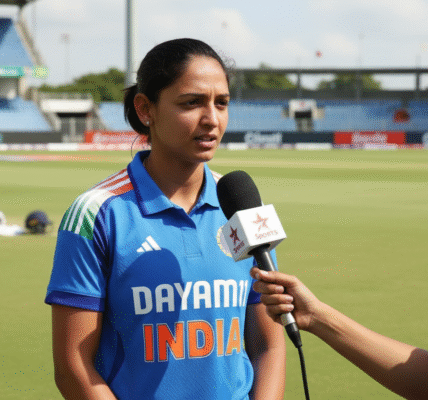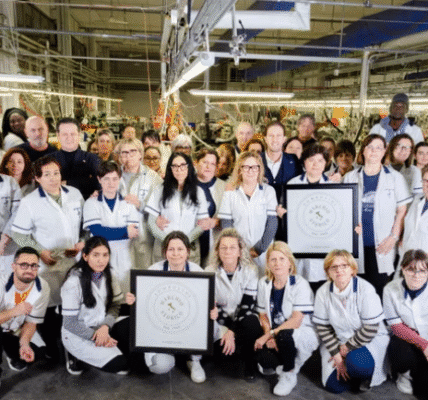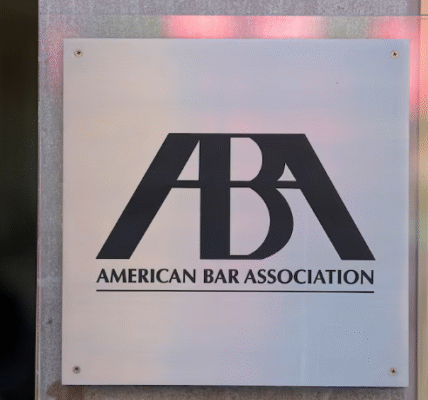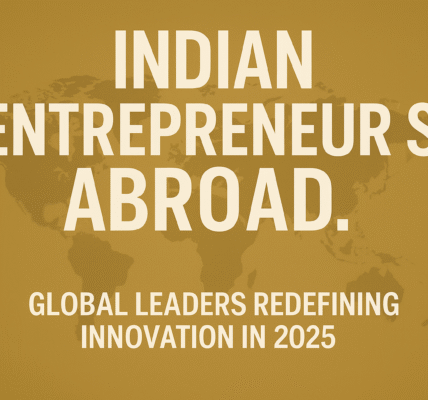Early Life and Family Background
Sunita Lyn Williams, born on September 19, 1965, in Euclid, Ohio, is a shining example of dedication, resilience, and pioneering spirit. She is the daughter of Dr. Deepak Pandya, an Indian-American neuroanatomist, and Bonnie Pandya, a homemaker of Slovenian descent. Sunita, fondly known as “Suni,” spent her formative years in Needham, Massachusetts, a place she proudly calls her hometown.

From a young age, Sunita displayed a deep curiosity about the world around her. She enjoyed outdoor activities, which later evolved into a passion for adventure and exploration. Her diverse cultural background, coupled with her parents’ emphasis on education and hard work, laid the foundation for her illustrious career.
Education and Early Military Career
Sunita Williams graduated from Needham High School in 1983, where she was an active and determined student. Driven by a desire to serve her country and explore new horizons, she enrolled at the U.S. Naval Academy in Annapolis, Maryland. In 1987, she earned a Bachelor of Science degree in Physical Science, a significant milestone that marked the beginning of her career in the U.S. Navy.
Upon receiving her commission as an Ensign in May 1987, Williams embarked on a journey that would take her across the globe and beyond. Her first assignment was at the Naval Coastal Systems Command in Panama City, Florida, where she completed a six-month temporary duty before reporting to the Naval Aviation Training Command. There, she underwent rigorous training and was designated a Naval Aviator in July 1989.
Helicopter Combat Support and Test Pilot
Williams’s early naval career was marked by her assignment to Helicopter Combat Support Squadron 3, where she trained on the H-46 Seaknight. This versatile helicopter would become a crucial part of her deployments with Helicopter Combat Support Squadron 8 in Norfolk, Virginia. She participated in several overseas missions, including operations in the Mediterranean, Red Sea, and Persian Gulf. Her service during Desert Shield and Operation Provide Comfort highlighted her growing expertise in aviation and combat support.
In September 1992, Williams was selected as the Officer-in-Charge of an H-46 detachment sent to Miami, Florida, to assist in Hurricane Andrew relief operations. This mission underscored her leadership abilities and commitment to humanitarian efforts.
Recognizing her potential, the Navy selected Williams for the prestigious United States Naval Test Pilot School, where she began her training in January 1993. Upon graduation in December 1993, she was assigned to the Rotary Wing Aircraft Test Directorate as an H-46 Project Officer and V-22 Chase Pilot. In this role, she was responsible for testing and evaluating various rotary-wing aircraft, contributing to the advancement of naval aviation technology.
Williams’s experience as a test pilot was vast and varied. She flew test flights in a wide range of aircraft, including the SH-60B/F Seahawk, UH-1 Iroquois, AH-1W Super Cobra, SH-2 Seasprite, VH-3 Sea King, CH-53 Sea Stallion, and the H-57. Her expertise in these aircraft made her a valuable asset to the Navy, and in December 1995, she returned to the Naval Test Pilot School as an instructor in the Rotary Wing Department and the school’s Safety Officer.
Selection as an Astronaut
Sunita Williams’s distinguished naval career caught the attention of NASA, and in June 1998, she was selected as an astronaut candidate. This marked a turning point in her life, as she transitioned from military service to space exploration. Upon reporting for training in August 1998, Williams began an intensive program that included scientific and technical briefings, shuttle and International Space Station (ISS) systems training, T-38 flight training, and survival training in both water and wilderness environments.
Williams’s early years at NASA were spent working closely with the Russian Space Agency in Moscow. She played a critical role in the development of the ISS by collaborating on the Russian contributions to the station. Her work with the first Expedition Crew to the ISS laid the groundwork for future missions, and she gained invaluable experience in robotics by working on the station’s Robotic Arm and the Special Purpose Dexterous Manipulator.
As a NEEMO2 crew member, Williams lived underwater in the Aquarius habitat for nine days, simulating the extreme conditions of space. This mission was part of NASA’s efforts to prepare astronauts for long-duration missions in space.
First Spaceflight: Expedition 14/15
Sunita Williams’s first spaceflight came on December 9, 2006, when she launched aboard the space shuttle Discovery as part of the STS-116 mission. The shuttle docked with the ISS on December 11, 2006, where Williams joined the Expedition 14 crew as a Flight Engineer.
During her time on the ISS, Williams made history by setting a world record for females with four spacewalks, totaling 29 hours and 17 minutes. These spacewalks were critical to the maintenance and expansion of the ISS, and they demonstrated Williams’s skill and courage in the harsh environment of space. Her stay aboard the ISS lasted 195 days, making her the female astronaut with the longest continuous time in space at that time.
Williams’s time in space was not just about work; she also participated in the Boston Marathon from space, running 42.2 kilometers (26.2 miles) on the station’s treadmill. This remarkable feat showcased her dedication to fitness and her ability to inspire others through her actions.
Williams returned to Earth with the crew of STS-117, landing at Edwards Air Force Base in California on June 22, 2007. Her contributions during this mission solidified her reputation as one of NASA’s top astronauts.
Second Spaceflight: Expedition 32/33
Williams’s second journey to space began on July 15, 2012, when she launched from the Baikonur Cosmodrome in Kazakhstan aboard the Soyuz TMA-05M spacecraft. As a Flight Engineer on Expedition 32 and the Commander of Expedition 33, Williams spent four months conducting research and exploration aboard the ISS.
During this mission, Williams and her crew conducted three spacewalks to perform critical repairs and upgrades to the station. These spacewalks, totaling over 21 hours, brought Williams’s cumulative spacewalk time to 50 hours and 40 minutes, making her one of the most experienced female spacewalkers in history.
Williams’s time in space during Expedition 32/33 was marked by scientific discovery, technological innovation, and personal achievement. She completed a triathlon in orbit, using the station’s treadmill, stationary bicycle, and weightlifting machine to simulate the swimming portion of the race. This event highlighted her commitment to physical fitness and her ability to push the boundaries of human endurance.
After nearly 127 days in space, Williams returned to Earth on November 18, 2012, landing in Kazakhstan. Her two spaceflights combined lasted more than 321 days, placing her among the most experienced astronauts in the world.
NASA’s Commercial Crew Program
In 2015, Williams was selected as one of four astronauts to participate in NASA’s Commercial Crew program. This program aimed to develop new private spacecraft, including SpaceX’s Crew Dragon and Boeing’s CST-100 Starliner, to transport astronauts and supplies to the ISS.
Williams’s extensive experience made her a natural choice for this program, and in 2022, she was chosen for the first crewed test flight of Boeing’s Starliner spacecraft. This mission, which launched on June 5, 2024, marked her third journey to the ISS and continued her legacy of pioneering space exploration.
Awards and Honors
Sunita Williams’s contributions to space exploration and aviation have been recognized with numerous awards and honors. She has received two Defense Superior Service Medals (DSSM), the Legion of Merit, two Navy Commendation Medals, the Navy and Marine Corps Achievement Medal, and the Humanitarian Service Medal, among other service awards. Her accomplishments have earned her a place in the Society of Experimental Test Pilots, the Society of Flight Test Engineers, and the American Helicopter Association.
Personal Life
Despite her demanding career, Sunita Williams maintains a rich personal life. She and her husband Michael, who share a love for outdoor activities, enjoy spending time with their dogs and engaging in hobbies such as working on houses, cars, and airplanes, as well as hiking and camping. Their shared interests reflect Williams’s adventurous spirit and her ability to balance her professional achievements with a fulfilling personal life.
Legacy
Sunita Williams’s life and career serve as an inspiration to people around the world. Her journey from a small town in Massachusetts to the far reaches of space is a testament to her determination, courage, and passion for exploration. As one of the most accomplished astronauts of her generation, Williams continues to push the boundaries of what is possible, paving the way for future generations of explorers. Her story is not just one of personal achievement, but of a lifelong commitment to advancing human knowledge and expanding our understanding of the universe.





